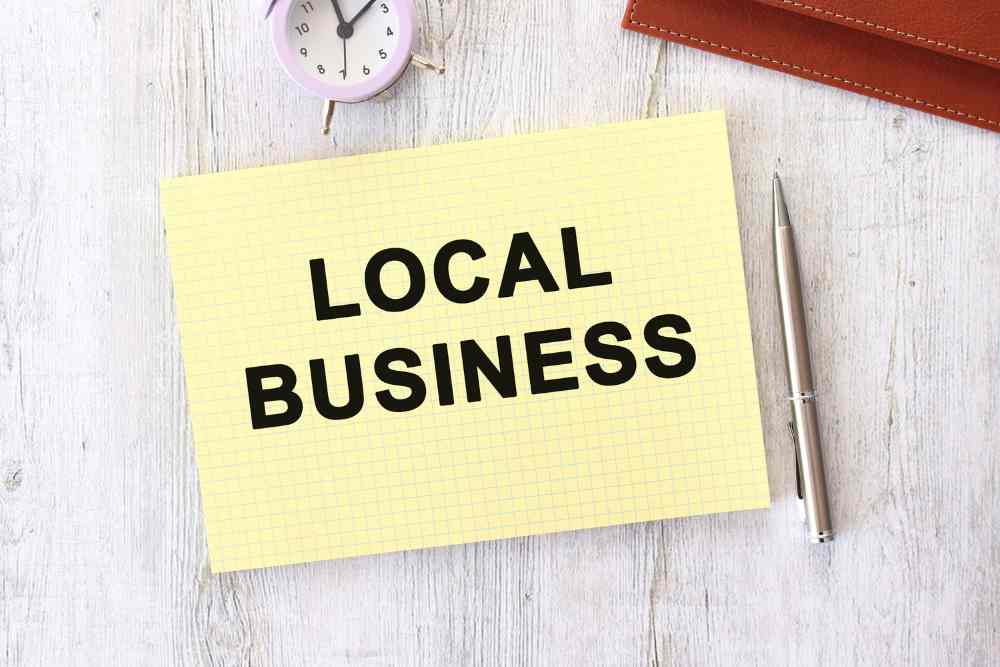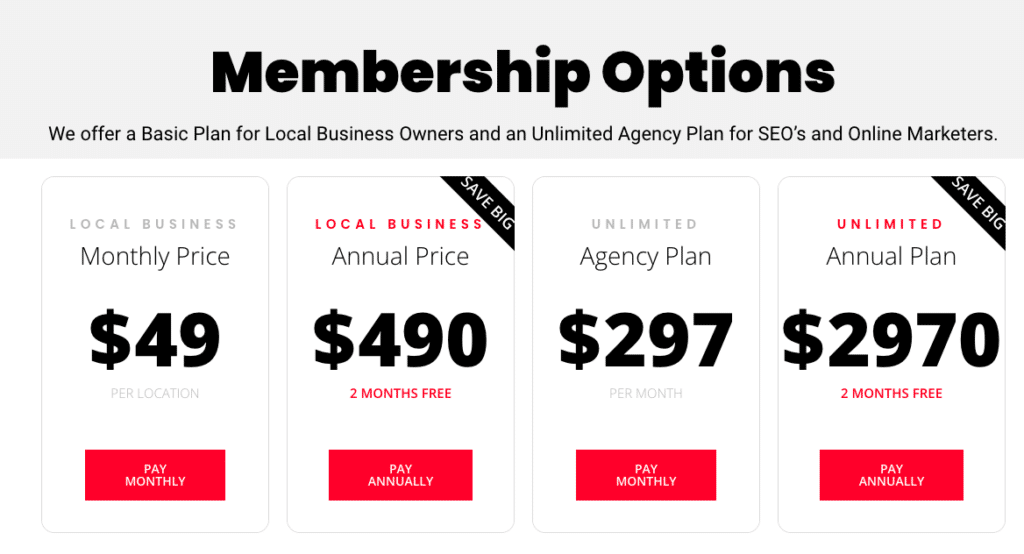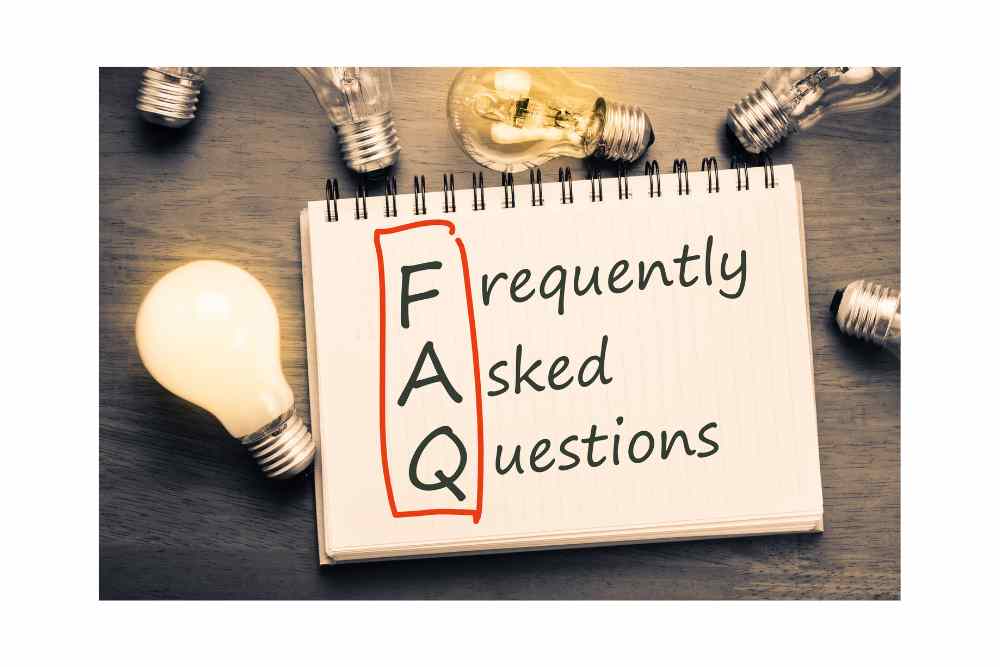Best Practices for Promoting Local Business Listings

Local business listings play a crucial role in the success of small businesses. They not only help businesses gain visibility in their local communities but also improve their online presence. With the increasing competition in the digital landscape, it is essential for businesses to optimize their local business listings to stand out from the crowd. In this article, we will explore the best practices for promoting local business listings and how they can benefit businesses in the long run.
Get your FREE 14 DAY TRIAL for over 300 local citations. Click below!

1. Claim and Verify Your Business Listings
The first step in promoting your local business listings is to claim and verify them on various online platforms. This includes popular search engines like Google, Bing, and Yahoo, as well as local directories such as Yelp, Yellow Pages, and TripAdvisor. By claiming your listings, you gain control over the information displayed and ensure its accuracy.
When claiming your listings, make sure to provide consistent and up-to-date information about your business, including the name, address, phone number (NAP), website URL, and business hours. Inconsistent or outdated information can confuse potential customers and negatively impact your online visibility.
2. Optimize Your Business Listings
Optimizing your local business listings is crucial for improving your search engine rankings and attracting more customers. Here are some best practices to consider:
- Keywords: Incorporate relevant keywords in your business description, category selection, and tags to improve your visibility in search results.
- Business Description: Write a compelling and informative business description that accurately represents your products or services. Use keywords naturally and highlight your unique selling points.
- Categories: Select the most relevant categories for your business to ensure it appears in the right search results.
- Photos and Videos: Include high-quality photos and videos that showcase your products, services, and premises. Visual content can significantly impact a customer’s decision-making process.
- Reviews and Ratings: Encourage your customers to leave reviews and ratings on your business listings. Positive reviews can build trust and attract more customers.
3. Consistency Across Platforms
Consistency is key when it comes to promoting your local business listings. Ensure that your business information, such as the name, address, and phone number, is consistent across all platforms. Inconsistencies can confuse search engines and potential customers, leading to a negative impact on your online visibility.
One way to ensure consistency is by using a local citation service like Citation Vault. Citation Vault automates the process of creating and updating local citations for your business across multiple platforms. It saves you time and effort while ensuring that your business information remains consistent and up-to-date.
4. Encourage Customer Reviews
Customer reviews play a significant role in influencing potential customers’ decisions. Positive reviews can build trust and credibility for your business, while negative reviews can deter potential customers. Encourage your satisfied customers to leave reviews on your business listings, and respond promptly and professionally to any negative reviews.
When responding to reviews, address any concerns or issues raised by the customer and offer a solution if possible. This shows that you value customer feedback and are committed to providing excellent customer service.
5. Leverage Social Media
Social media platforms are powerful tools for promoting your local business listings. Create profiles on popular platforms like Facebook, Instagram, Twitter, and LinkedIn, and link them to your business listings. Regularly post engaging content, such as updates, promotions, and customer testimonials, to attract and engage your target audience.
Additionally, consider running targeted social media advertising campaigns to reach a wider audience and drive traffic to your business listings. Social media advertising allows you to target specific demographics, interests, and locations, ensuring that your business reaches the right audience.
6. Monitor and Respond to Customer Feedback
Monitoring and responding to customer feedback is crucial for maintaining a positive online reputation. Regularly check your business listings for new reviews and ratings, and respond promptly and professionally. Thank customers for positive feedback and address any concerns or issues raised in negative reviews.
By actively engaging with customer feedback, you demonstrate your commitment to customer satisfaction and build trust with potential customers who are researching your business.
7. Track and Analyze Performance
Tracking and analyzing the performance of your local business listings is essential for understanding what works and what doesn’t. Use analytics tools provided by the platforms to monitor metrics such as impressions, clicks, and conversions. This data can help you identify areas for improvement and make informed decisions to optimize your listings.
Regularly review your analytics data and make adjustments to your listings and promotional strategies accordingly. Experiment with different keywords, categories, and content to see what resonates best with your target audience.
Summary
Promoting local business listings is crucial for small businesses to gain visibility and attract customers in their local communities. By claiming and optimizing your listings, ensuring consistency across platforms, encouraging customer reviews, leveraging social media, monitoring and responding to customer feedback, and tracking performance, you can maximize the benefits of local business listings.
Remember to use a local citation service like Citation Vault to automate the process of creating and updating local citations, ensuring consistency and accuracy across platforms. By following these best practices, you can improve your online presence, attract more customers, and ultimately grow your business.
Start implementing these best practices today and watch your local business listings thrive!
This article mentions Citation Vault, a local citation service that automates 300 local citations for any business.
Frequently Asked Questions

1. What are the most effective strategies for promoting my local business listing to reach a larger audience?
To effectively promote your local business listing, adopt the following strategies:
SEO Optimization: Utilize local SEO best practices by incorporating location-based keywords into your listing’s title, description, and tags to improve searchability.
Local Partnerships: Collaborate with nearby businesses and cross-promote each other’s services to tap into their customer bases.
Social Media Integration: Share your local listing on your business’s social media platforms to drive traffic from your followers to your listing.
Promotions and Deals: Offer exclusive deals or discounts to customers who visit your listing or mention it when they visit your business.
Utilize Local Events: Engage with local events and sponsor community activities to get your listing in front of potential customers in your area.
2. How can I measure the success of my promotional efforts for my local business listing?
Success can be measured by analyzing various metrics:
Traffic Analysis: Use analytics tools to track the number of visitors to your listing and where they are coming from.
Engagement Metrics: Look at likes, shares, comments, and inquiries as indicators of engagement.
Conversion Rates: Monitor the number of leads or sales generated directly through your listing.
Review Quantity and Quality: Track both the quantity of new reviews and the overall sentiment to gauge customer satisfaction and reputation impact.
Ranking Improvements: Observe changes in how your listing ranks in local search results for targeted keywords.
3. How do I ensure my local business listing remains accurate and up-to-date across all platforms?
Maintaining current listings is crucial:
Regular Audits: Schedule regular check-ups of your listings on all platforms to ensure information is current.
Centralized Management: Use listing management tools that can update information across multiple platforms from one central dashboard.
Automation Tools: Implement tools that automatically notify you of discrepancies or required updates in your listings.
Employee Training: Train staff to report any changes in business information that should be reflected in your listings immediately.
4. How should I respond to both positive and negative reviews on my local business listings?
Engage with reviews diplomatically and constructively:
Prompt Acknowledgment: Quickly thank customers for positive reviews and address negative feedback with offers to resolve issues.
Personalized Responses: Tailor your responses to each customer’s experience to show genuine engagement.
Constructive Approach: Use negative feedback as an opportunity to improve your business practices and demonstrate a commitment to customer service.
Review Encouragement: Continuously encourage customers to leave reviews to maintain a fresh, relevant stream of feedback.
5. What role does multimedia content play in enhancing my local business listings, and how can I optimize its use?
Multimedia content can significantly enhance your listings:
High-Quality Photos: Upload clear, professional photos of your business, products, and services to give potential customers a visual taste of what to expect.
Video Content: Create engaging video content that tells your business’s story or showcases customer testimonials to build trust and interest.
Virtual Tours: Offer virtual tours of your business premises for an immersive experience.
Regular Updates: Keep your multimedia content updated with the latest images and videos to reflect seasonal changes or new offerings.
- Best Practices for Promoting Local Business Listings
- local business listings
- local canadian citations
- local citations






